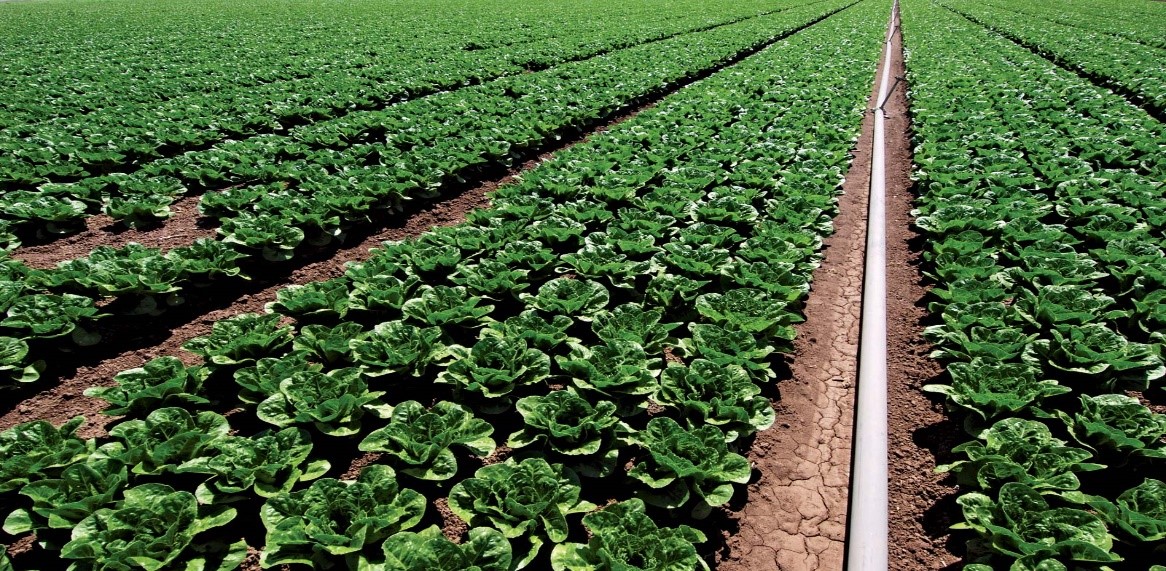
As a country develops economically, the relative importance of agriculture declines. The primary reason for that was shown by the 19th-century German statistician Ernst Engel, who discovered that as incomes increase, the proportion of income spent on food declines. For example, if a family’s income were to increase by 100 percent, the amount it would spend on food might increase by 60 percent; if formerly its expenditures on food had been 50 percent of its budget, after the increase they would amount to only 40 percent of its budget.
It follows that as incomes increase, a smaller fraction of the total resources of society is required to produce the amount of food demanded by the population.
Only a small fraction of the world’s land area—about one-tenth—may be considered arable, if arable land is defined as land planted to crops. Less than one-fourth of the world’s land area is in permanent meadows and pastures. The remainder is either in forests or is not being used for agricultural purposes.
The relationship between land, population, and farm production is a complex one. In traditional agriculture, where methods of production have changed little over a long period of time, production is largely determined by the quality and quantity of land available and the number of people working on the land. Until the early years of the 20th century, most of the world’s increase in crop production came either from an increase in land under cultivation or from an increase in the amount of labor used per unit of land. That generally involved a shift to crops that would yield more per unit of land and required more labor for their cultivation.
Wheat, rye, and millet require less labor per unit of land and per unit of food output than do rice, potatoes, or corn (maize), but generally the latter yield more food per unit of land.
 |
FALKOME INDUSTRIES
All Rights Reserved. |